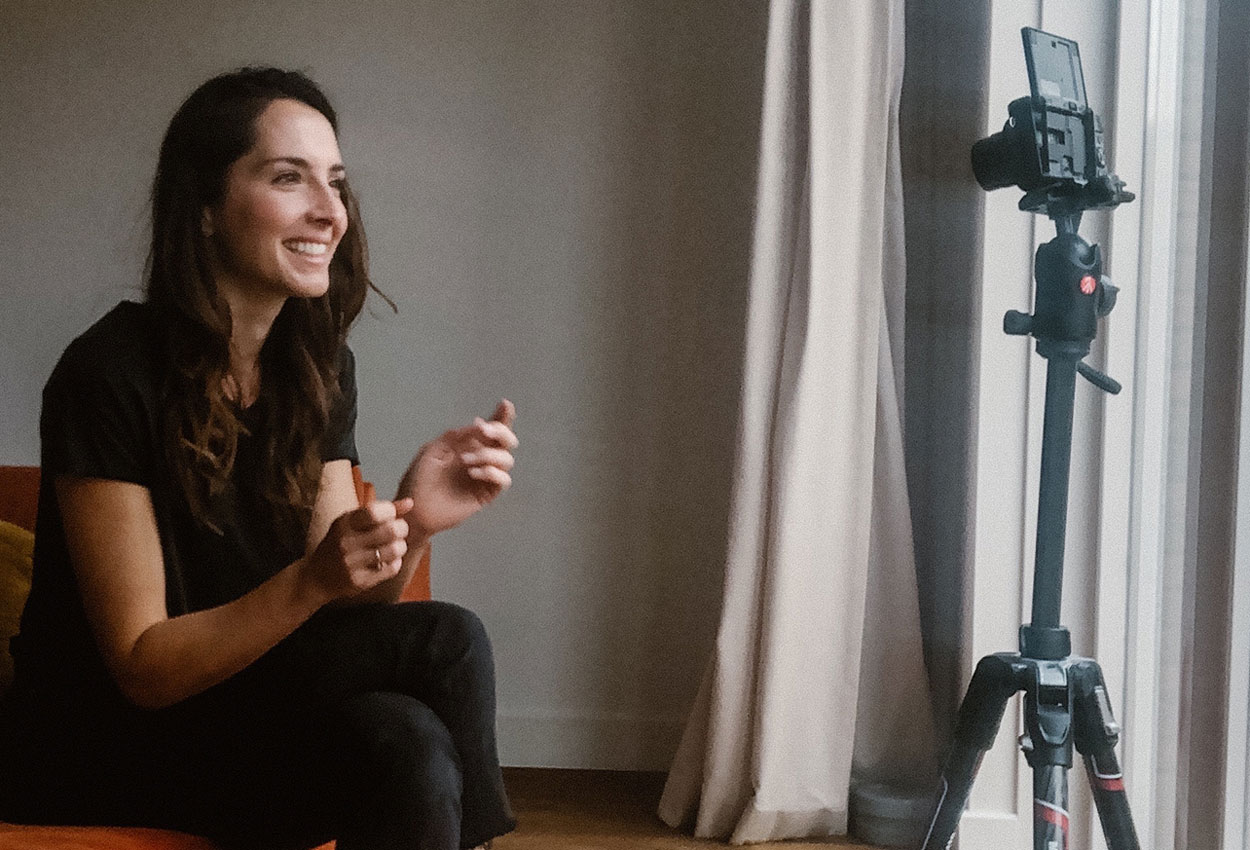Creating video content is a great way to connect with your audience. Video is typically more engaging, and it increasingly ranks higher on social media platforms and in search engines. But the idea of creating videos can be daunting. At least, except for digitally natives that basically shot out of the birth canal taking selfies.
The options and techniques available for video production are staggering. But starting with a ‘helicopter view’ of what we’re trying to achieve and then selecting a ‘type’ of video can help us narrow down the options considerably. Then we can focus our efforts, and the resourcing and production choices become more straightforward.
Let’s pause right here to talk about some definitions, or this could get confusing: In this article, we are talking about the ‘Type’ of video instead of ‘Format.’ In practice, these are sometimes used interchangeably; however, ‘format’ refers to the way you present your content. We use format when we want to describe the attributes of something.
A format could refer to an e-book, a pdf, a video or jpg. ‘Format’ is also used to describe the shape and size of your content: 250x350px, square, landscape, vertical or ultra high def. However, one single piece of content could be in multiple formats, i.e. from a single research study; you could create a variety of formats such as a blog article, a video, and an infographic.
So I will use ‘type’ here to avoid confusion. The ‘type’ of the video refers to how the subject and the information is presented. So the ‘type’ could be a Q&A session with three people, and one is the interviewer. The ‘format’ of the content could be a horizontal video on YouTube and/or a transcript on the blog.
The worst-case scenario for any video content schedule is never starting because we’re so bogged down in indecision. The second worst thing you can do is going in half-assed and producing something you aren’t proud of, and the project peters out. Defining the type of video we are making helps us plan and give the production the best chance of success.
Types of video commonly found in the wild.
1. Pure entertainment
2. Educational
3. Behind the Scenes
4. Tutorials
5. Interviews and Q&As
6. User Generated Content and Testimonials
7. Live Videos
While this categorisation is not strictly necessary for you to produce great content, understanding what you are aiming for can help align your purpose with the output while making it easier to plan for success.
Which one is best for you?
You need to ask yourself why you are making it and what part of the customer journey is most important for this video.
- Do you need to explain a concept to your customer because they haven’t heard of it?
- Do you need to explain how something is used so that people can get the most out of a product?
- Do you need to connect with your audience and get some visibility of your brand?
- Are your customers already aware of what you do, but they don’t understand how complicated what you do is, and therefore why it’s so expensive?.
Review your goals, and have a good, hard think about your customer, what they need and where they are in their journey. Once you understand that, the type of video will probably jump out at you.
What channel does my content go on?
Whenever I ask someone what channel they want to be on, they invariably say ‘all of them…. Except maybe XYZ.’ They are saying this because they don’t know where their customers are, so they want to be on all the channels.
The simple answer is that you need to be on the platform that your audience lives on. Not the one you are comfortable with.
If you want to give career advice to teens, LinkedIn is not your channel. Giving career advice on TicToc might be an unusual move, but if that’s where your market is, so that’s where you need to be.
Think about the platform and how people use it.
- Instagram is purely visual. It’s designed to share pictures and videos amongst friends, family and people they admire. Text-heavy content doesn’t tend to work well here, but there are notable exceptions to that rule. Try and keep it short, snappy and inspiring, and you might get a great response.
- YouTube is closer to a search engine than Facebook or Instagram. As a platform, it’s closer to TV or radio than it is to Facebook. It’s designed to push a video from one to many, and people that do well here are often the best answer to a question, or they have entertaining content that delights their audience.
- LinkedIn is a professional forum, and everyone has their business hats on. So a formal tone and a business-centric mindset are appropriate here.
What’s your message intention?
- Build your brand and show off your expertise
- Showing your customers how to use a product or how else you can use it. Once they see their specific situation with your particular product, they are far more likely to buy.
- It might be easier to understand with animations and descriptions if it’s a complicated product or service.
- If you have stats that you’d like to show
- If you have a visually stunning setting that will help people resonate
- If you’d like to introduce clips from a photoshoot, or newsreel or stock photography to illustrate this.
- If you want to build a personal connection
Most importantly: Concentrate on videos that are likely to be shared.
It’s tempting to create a serious video that demonstrates the serious business you do and how seriously important it is.
But let me ask you this: Who on earth would want to watch that?
Making that video tells us a few things about you.
- You aren’t interested in connecting with your audience. You are interested in speaking and making sure people hear you. You are dictating the terms of the conversation in a misguided attempt at dominating your audience.
- You misunderstand the nature of marketing, and you are not ready for a content or a social media plan.
- You need validation, and you are scared to be seen.
Some executives will insist on an earnest and by-the-book approach to marketing. They approach it as a lawyer, or a banker would approach a problem, which isn’t surprising considering how many executives come from law and finance. And any executive will be dealing with numbers and legal matters all day long, so they tend to take a direct approach to sales and marketing.
It’s often the case that they will insist on a marketing approach that clearly articulates an argument. As if an argument is what the customer was looking for when they loaded your video in their downtime. This approach will mean direct and rational calls to action, caveats and the inclusion of specifications, and it will entirely missing the point of marketing.
Content marketing covers the gamut of communications from lighthearted, fun content; through to spec-sheets with charts and numbers. And there is a time and place for each of these.
Respect may be what the executive wants to build, but respect is earned by building trust. Trust is earned by connecting with your audience on their terms. You are giving them content that’s useful, relevant and brings them a little joy. If you can get them to share it… then you know you have gone a little way to earning their trust and the trust of their friends and family.
Social media is not the place to convince people through brutal facts. It’s a conversation. That’s how the platform is designed, and that’s how you win people’s trust.
Take this as a guide:
How would you tell someone you quite like, and that you just met, what you do? That’s how you talk on social media.

